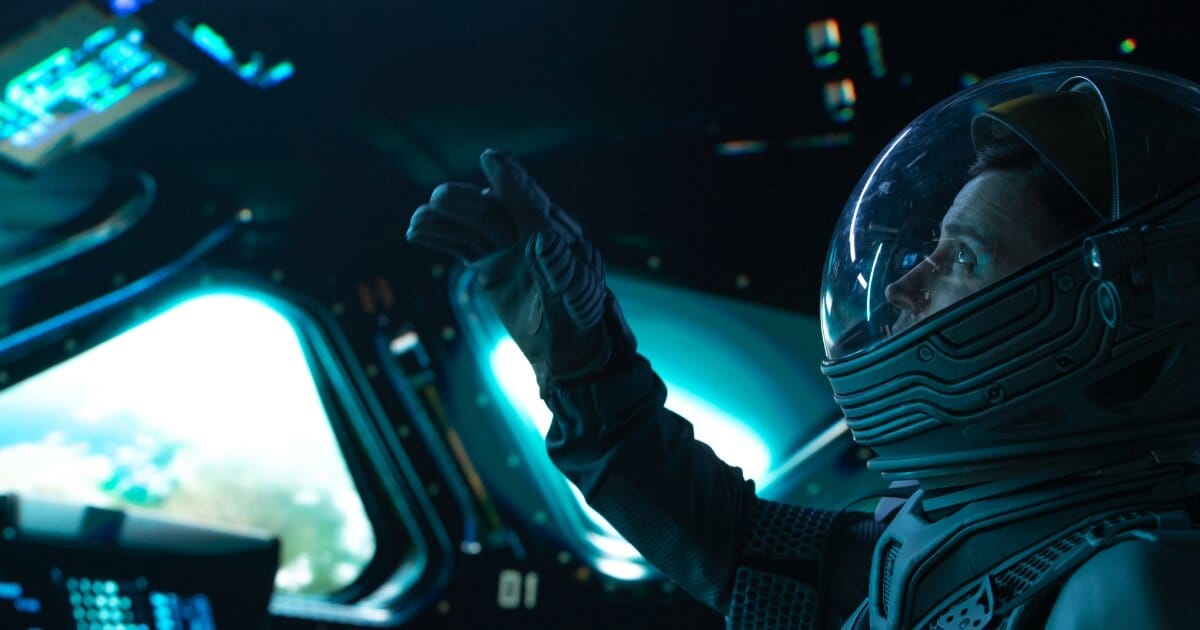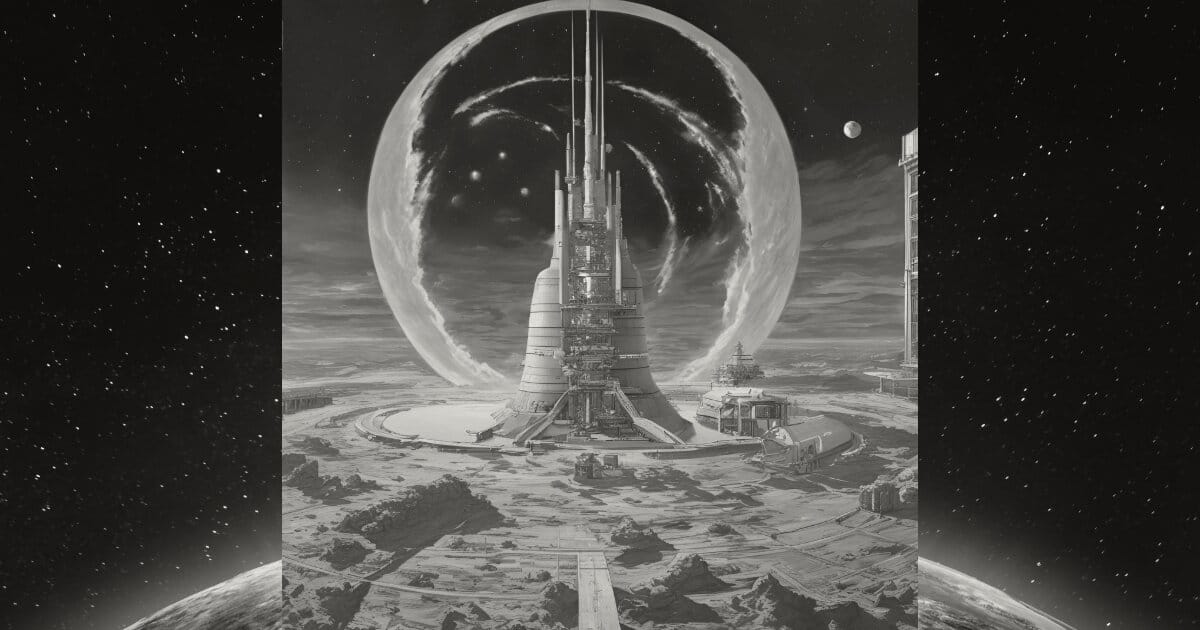Is space the final frontier? In my web serial, Hindsight Station, our fictional hero, James Fong, never loses sight of his vision to travel among the stars. Yet, do we share this vision of expansion into space in the real world? Will we reach the stars in time to save humanity’s future, or is this just science fiction bordering on fantasy? Enter nuclear fusion, renewed vision, and new perspectives.
Is it a tad dramatic that a UK start-up will herald in a new age of space exploration? Pulsar Fusion, our intrepid UK start-up, has secured funding for their Duel Direct Fusion Drive (DDFD). Their product ‘Sunbird’ will power larger vessels across interplanetary space.
NASA’s funding priorities placed nuclear fusion drives at the bottom of its list because of cost. Renewed vision from the UK has given the concept a new lease on life. Its potential uses are vast if the project succeeds. Like all pioneering work, the potential for failure is equally vast, especially when considering the fundamental nature of nuclear fusion.
Nuclear Fusion Tested In Orbit By 2027
Imagine a crew’s travel time to Mars cut from seven months to just thirty days? This is what Pulsar Fusion is striving for as their DDFD promises to reach three hundred and twenty-nine thousand miles an hour, which is roughly five hundred and twenty-nine kilometers per hour. Breaking speed limits in space is just one of many goals for the project team.

From Terror to Valor: Echoes and Shadows, available at your favorite digital bookstore
The larger space craft hooked up to the tow must be able to withstand cosmic radiation for the entire journey as will the Sunbird (DDFD) powering it. These autonomous drives will recharge at docking stations in low earth orbit, and also in orbit at its destination planet. Pulsar Fusion plan designed Sunbirds for reuse, setting new standards in space vehicle sustainability. The team plan to test its fusion drive (DDFD) from earth orbit in 2027.
Propulsion Technology Enters New Era
Nuclear fusion concepts have been around for a long time, but are incredibly difficult to implement. The story in Hindsight Station has mention of nuclear fusion reactors in terms of old technology. The reason for their existence, some two hundred years into this fictional future, is because nuclear fusion technology, in terms of reactors and drives, is incredibly useful.
I truly hope Pulsar Fusion’s Sunbird passes space trials in 2027 and reaches the stars. Blazing a trail using nuclear fusion is not only literal in meaning, it is proverbial. Trialled and tested nuclear fusion drives not only make space travel to Mars workable for a crewed spacecraft, it opens up a world of possibilities regarding power generation from earth’s orbit. This can shift our current story of energy despair to one of hope. So friends, here’s to a better future.
About the Author
As I move onto my next authoring project, I will post less frequently on the real-world issues linked to my novel, From Terror to Valor: Echoes and Shadows. My next project, Hindsight Station, will be a progression science-fiction webnovel, delivered via Patreon and eventually Royal Road.
John is a versatile author known for his gripping fiction narratives in the thriller, action, and sci-fi genres. With a background as a journalist since 2016, and expertise in cloud technologies as an engineer; John brings a unique blend of storytelling prowess and technical acumen to his work.




